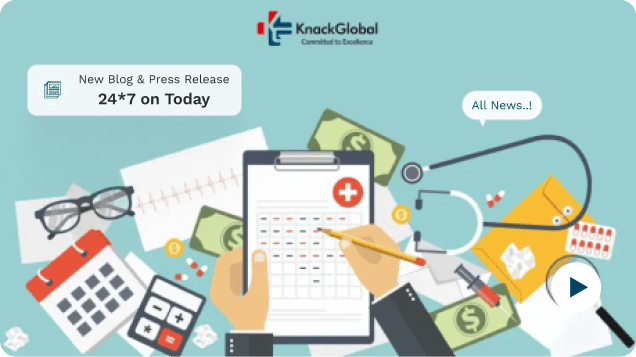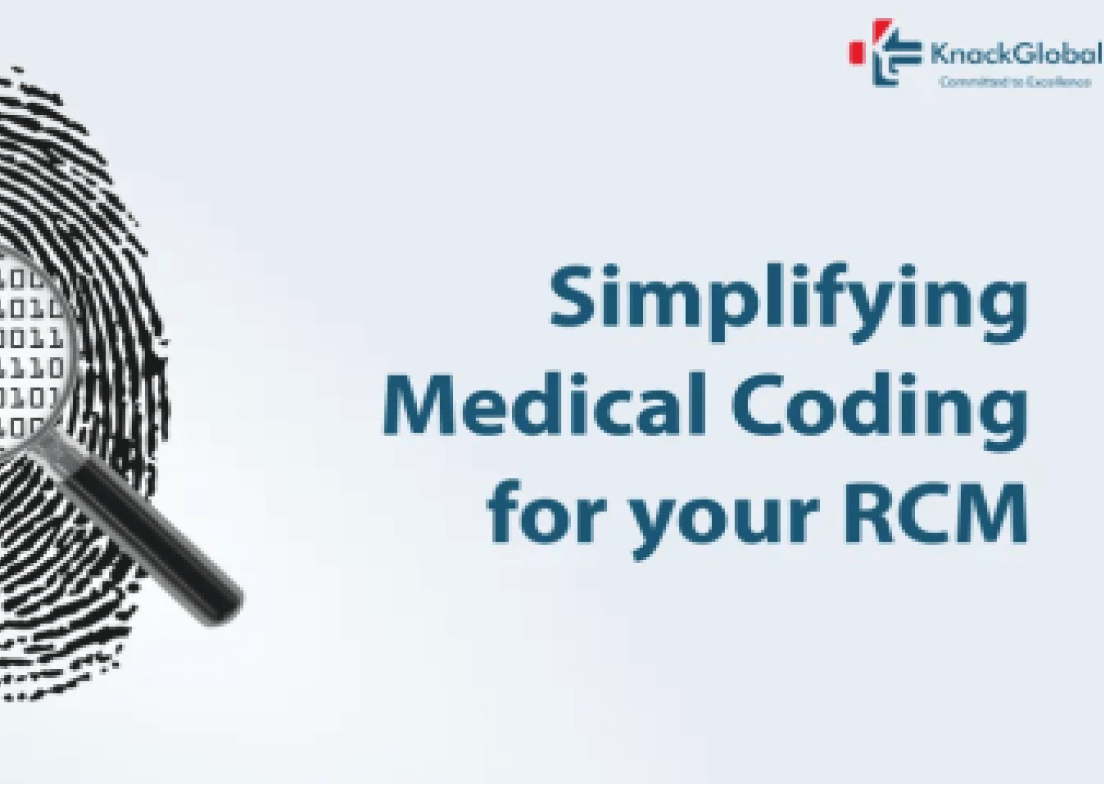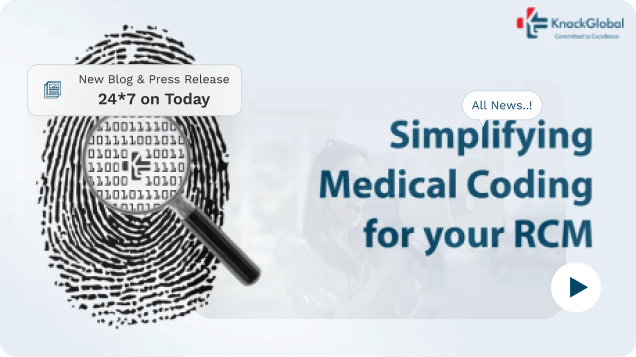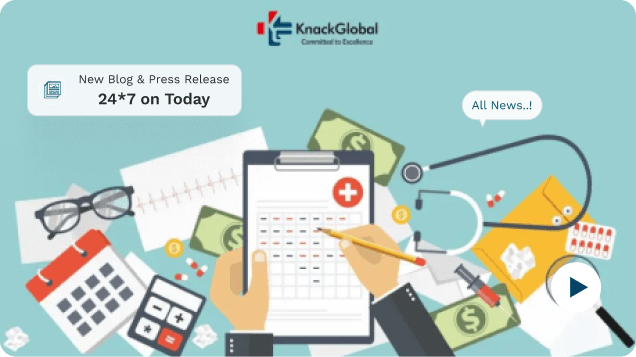
The transition from ICD 9 to ICD 10 has made the medical coding and billing processes tedious. ICD 10 has brought in codes for all possible services and one could, in fact, get paid right with these coding, and provided if the coding is right.
Coders do complain that ICD 10 has increased the rejection. Dealing with ICD 10 rejection is possible if not simple.
Here are 5 ways you can stay off from claims rejected simply because the coders haven’t got the hang of the ICD 10 coding system.
1. How to manage to get underpaid?
The technique to end up getting underpaid begins with the assumption that all the patients know about EOB. Nipping at the bud is the best solution to this issue.
The processing problem can be often solved by explaining in detail how the claims get underpaid, and why it takes longer to get paid.
The patients have always information to share that comes handy. It does not take hours to check if the patient has changed the contact information or the insurance company since the last visit.
Do not expect patients to be proactively giving details. Front desk staff finds it tedious, but yes, this minute detail that takes a few seconds to ask for can positively affect denials.
2. Use the practice management software
Are the same issues causing denial?
Before coming to the answer, you wouldn’t know this, unless you have read the codes and the denial reasons thoroughly.
Run through them and identify the underlying cause. If you see a major percentage of claims rejected for the same reason, then you have arrived at the solution already.
If your practice management software is not able to pull the required data, again you know it is time to upgrade the software.
3. Read and Proofread
At least 50% of the time, you can rule out ICD 10 rejection with ease, provided you pay attention to the claims. Before submission, ask your staff to read and proofread to identify potential errors.
In case, there are confusions with the codes to be used, or if the entries seem to be mystifying, this strategy helps in ruling out all chances of going wrong with the codes.
A clean claim submission brings down chances of rejection and getting delayed payments.
4. Use the updated Medical Billing Software
Is your medical billing software up to date? Changes in ICD codes have also caused some changes in the software. Contact the software company, if you feel it has not been updated. It is not enough that the updated software is used, but the billing executive who uses it should be educated on any changes and should be comfortable in using the same. Also Read: Major Differences Between ICD-9 and ICD-10.
5. Educate your billing staff on ICD 10 codes
This actually is the first step you need to take. Train your staff on the ICD 10 and the transition. Vigorous training should be given to ensure there are no errors committed.
If you need to improve the cash flow, your focus should be here. The right way to hit the rejection is to ensure who, enter the codes and start the billing process, are aware of what the changes are.
When you are not concentrating on the ways to curb ICD 10 rejection, your claim denial percentage keeps growing, and the payment delays are on the cards. Preparation and training can do out most rejections.
Popular Blogs
Knack Global
Related Post

Ensuring Effective Payment Posting in the Medical Billing Process
Ensuring Effective Payment Posting in the Medical Billing Process Posted on February 15, 2020 | By KnackGlobal Improving per patient revenue is how healthcare institutions

How Crucial Is RCM For Hospitals
How Crucial Is RCM For Hospitals Posted on February 15, 2020 | By KnackGlobal Improving per patient revenue is how healthcare institutions can sustain profits.

5 Best Ways to Increase Per Patient Revenue?
5 Best Ways to Increase Per Patient Revenue? Posted on February 15, 2020 | By KnackGlobal Improving per patient revenue is how healthcare institutions can






